Post by Funkytown on Oct 3, 2024 10:09:01 GMT -6
More good stuff here from Alec Lewis:
Link:
www.nytimes.com/athletic/5810868/2024/10/03/minnesota-vikings-defense-stop-run/?source=emp_shared_article
Only 10 times in NFL history has a team created a higher point margin in the first half of games through four weeks than these Vikings. Nine of those teams finished with double-digit wins and made the playoffs. The only one that did not, according to TruMedia, was the 2003 Vikings.
Their receivers are among the league’s best
Justin Jefferson spoke for about 6 1/2 minutes Sunday afternoon in the locker room at Lambeau Field. And in retrospect, his most revealing comment might have come in the final 20 seconds of that postgame interview.
Although he is a superstar, Jefferson usually speaks humbly and tells it like it is. A few weeks ago, when asked whether or not the 49ers’ plan against Jets receiver Garrett Wilson gave him an idea of how the 49ers would play him, he said simply, “Respectfully, I’m not Garrett Wilson.” No hyperbole, just fact. The same goes for his words in his final 20 seconds in Green Bay.
“Seeing the amount of talent on that field,” he said, “especially when it’s me, JA (Jordan Addison), Speedy (Jalen Nailor) in a package … that’s definitely something no defense wants to see.”
Offensive coordinator Wes Phillips was not alerted to Jefferson’s comment, but on Tuesday, when asked about Nailor’s ascent, Phillips added, “There’s a lot of great groups of three (receivers), so there’s no disrespect anywhere in this league, but I think we have one of the top groups in the NFL.”
In the first four weeks of the season, 278 receivers have run at least 50 routes. Expected points added per target is an efficiency metric that calculates how productive a receiver is when targeted. Nailor ranks sixth among the 278 players, Addison is 14th and Jefferson ranks 18th. According to Next Gen Stats, Minnesota’s receivers are generating more than a half-yard of separation above average as compared to other teams’ receiving corps. This is a tribute to Nailor’s development, head coach Kevin O’Connell’s system and Darnold’s timing.
Screen usage is up — and so is its effectiveness
Last season, during the leadup to the Vikings’ Week 15 matchup with the Bengals in Cincinnati, O’Connell complimented Zac Taylor, arguing that his fellow Sean McVay disciple had choreographed the best screen game in the NFL. Minnesota studied the play this offseason, both in terms of how it designed screens in the past and how the best teams in the NFL were doing it so effectively. The Vikings’ offensive staff wanted to add another quarterback-friendly dimension, almost like a pitcher adding a changeup to his repertoire to enhance his fastball.
Minnesota’s commitment to screens is evident. In the first four weeks, the Vikings are averaging 2.3 plays per game featuring halfback screens, tied for the second most in the NFL. For reference, only two NFL teams averaged more per game last season than the Vikings’ current figure. Also notable is the success the Vikings have had on these plays. They’re averaging 10 yards per play, which is nearly double their 2022-23 average (5.1 yards).
“We have put in a lot of work to make sure that’s at least a part of our offense,” Phillips said Tuesday.
Most of that work, as Phillips described it, lands on the offensive line. There is an art in acting as if a play is a normal pass situation, then weaving upfield and identifying the correct blockers. Defensive alignments can shift each offensive lineman’s responsibility, complicating the picture for the running back. Flores’ defense muddied the picture so well throughout training camp that the screens often looked like duds. But the Vikings staff believed in the play, partially because of who would be tasked with catching the quick flips from Darnold and finding space.
Aaron Jones and Ty Chandler have been effective in their opportunities. Each possesses the vision and willingness to slash vertically to create the type of efficiency the Vikings have benefitted from on screens.
Their receivers are among the league’s best
Justin Jefferson spoke for about 6 1/2 minutes Sunday afternoon in the locker room at Lambeau Field. And in retrospect, his most revealing comment might have come in the final 20 seconds of that postgame interview.
Although he is a superstar, Jefferson usually speaks humbly and tells it like it is. A few weeks ago, when asked whether or not the 49ers’ plan against Jets receiver Garrett Wilson gave him an idea of how the 49ers would play him, he said simply, “Respectfully, I’m not Garrett Wilson.” No hyperbole, just fact. The same goes for his words in his final 20 seconds in Green Bay.
“Seeing the amount of talent on that field,” he said, “especially when it’s me, JA (Jordan Addison), Speedy (Jalen Nailor) in a package … that’s definitely something no defense wants to see.”
Offensive coordinator Wes Phillips was not alerted to Jefferson’s comment, but on Tuesday, when asked about Nailor’s ascent, Phillips added, “There’s a lot of great groups of three (receivers), so there’s no disrespect anywhere in this league, but I think we have one of the top groups in the NFL.”
In the first four weeks of the season, 278 receivers have run at least 50 routes. Expected points added per target is an efficiency metric that calculates how productive a receiver is when targeted. Nailor ranks sixth among the 278 players, Addison is 14th and Jefferson ranks 18th. According to Next Gen Stats, Minnesota’s receivers are generating more than a half-yard of separation above average as compared to other teams’ receiving corps. This is a tribute to Nailor’s development, head coach Kevin O’Connell’s system and Darnold’s timing.
Screen usage is up — and so is its effectiveness
Last season, during the leadup to the Vikings’ Week 15 matchup with the Bengals in Cincinnati, O’Connell complimented Zac Taylor, arguing that his fellow Sean McVay disciple had choreographed the best screen game in the NFL. Minnesota studied the play this offseason, both in terms of how it designed screens in the past and how the best teams in the NFL were doing it so effectively. The Vikings’ offensive staff wanted to add another quarterback-friendly dimension, almost like a pitcher adding a changeup to his repertoire to enhance his fastball.
Minnesota’s commitment to screens is evident. In the first four weeks, the Vikings are averaging 2.3 plays per game featuring halfback screens, tied for the second most in the NFL. For reference, only two NFL teams averaged more per game last season than the Vikings’ current figure. Also notable is the success the Vikings have had on these plays. They’re averaging 10 yards per play, which is nearly double their 2022-23 average (5.1 yards).
“We have put in a lot of work to make sure that’s at least a part of our offense,” Phillips said Tuesday.
Most of that work, as Phillips described it, lands on the offensive line. There is an art in acting as if a play is a normal pass situation, then weaving upfield and identifying the correct blockers. Defensive alignments can shift each offensive lineman’s responsibility, complicating the picture for the running back. Flores’ defense muddied the picture so well throughout training camp that the screens often looked like duds. But the Vikings staff believed in the play, partially because of who would be tasked with catching the quick flips from Darnold and finding space.
Aaron Jones and Ty Chandler have been effective in their opportunities. Each possesses the vision and willingness to slash vertically to create the type of efficiency the Vikings have benefitted from on screens.
Link:
www.nytimes.com/athletic/5810868/2024/10/03/minnesota-vikings-defense-stop-run/?source=emp_shared_article

















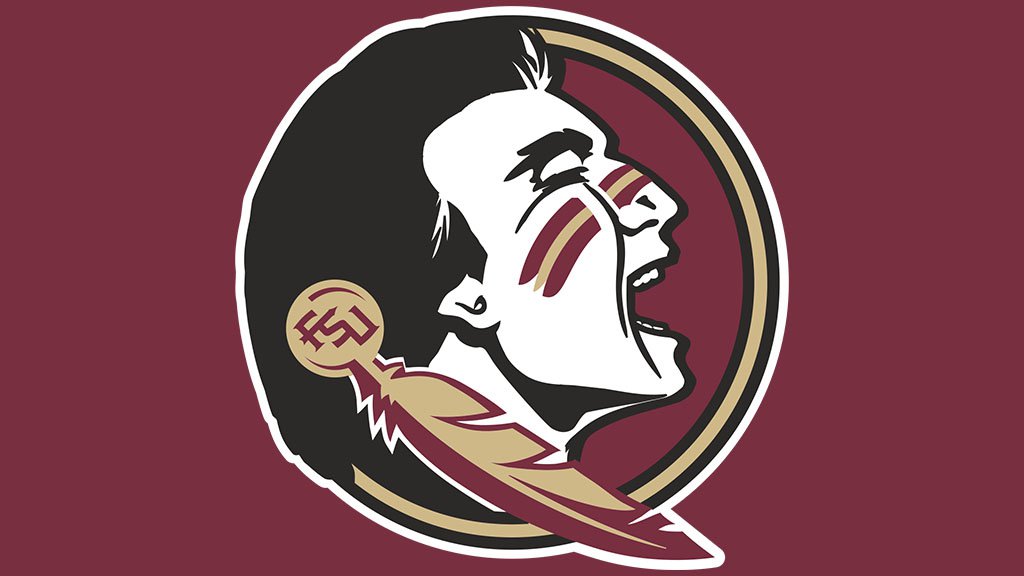

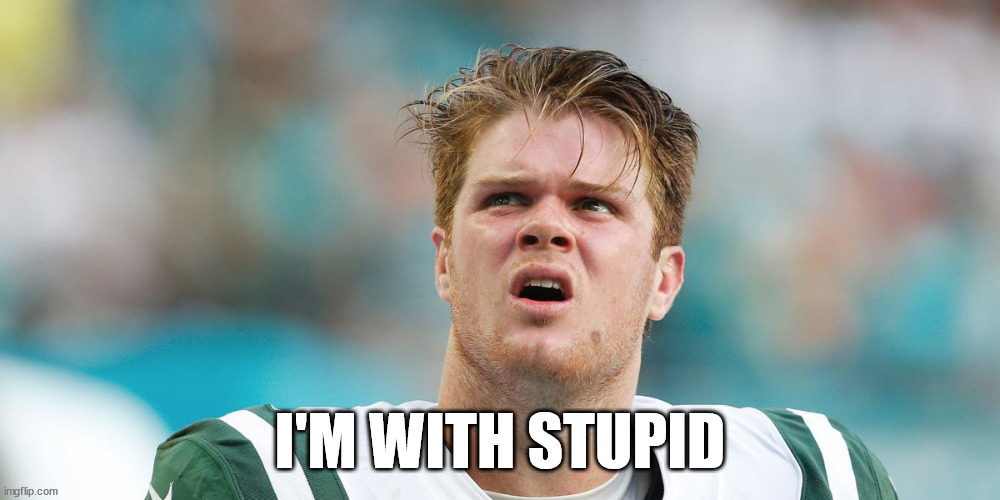
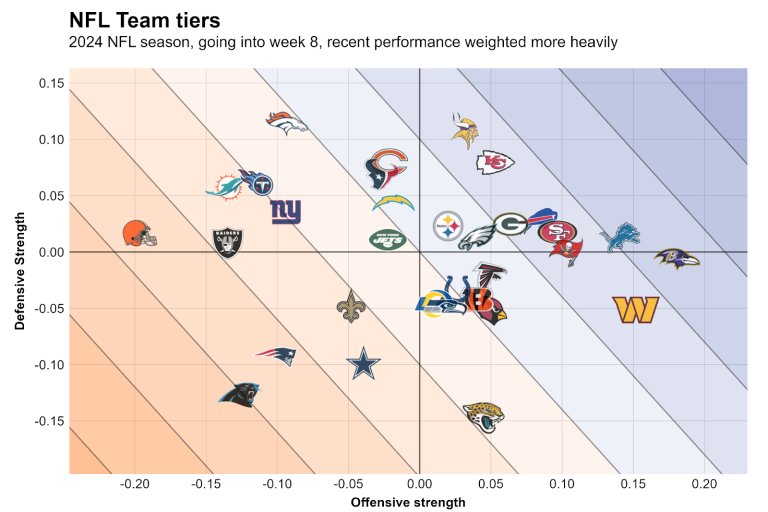
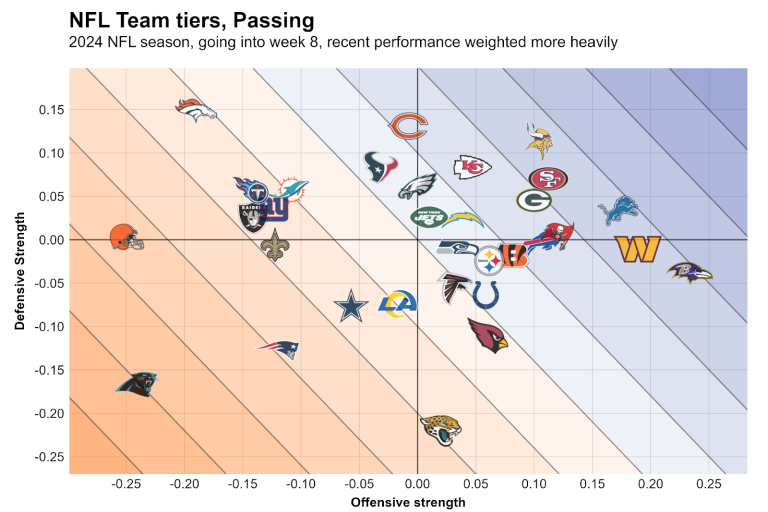
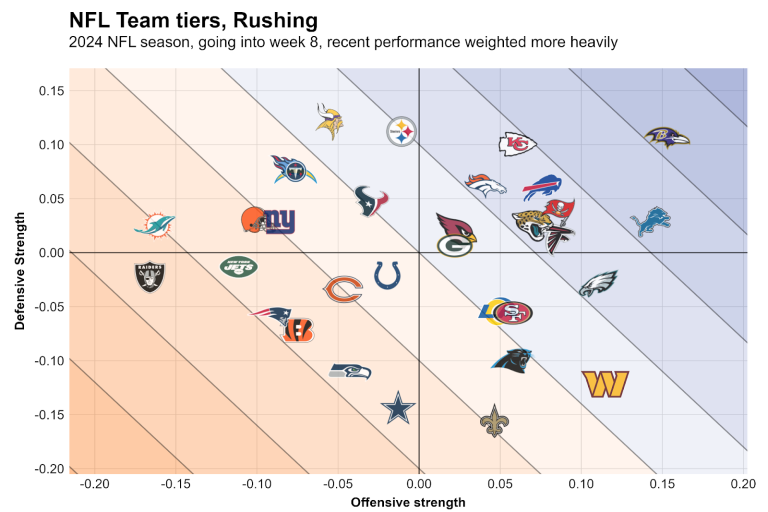



 ... and neither is this Chris guy.
... and neither is this Chris guy.